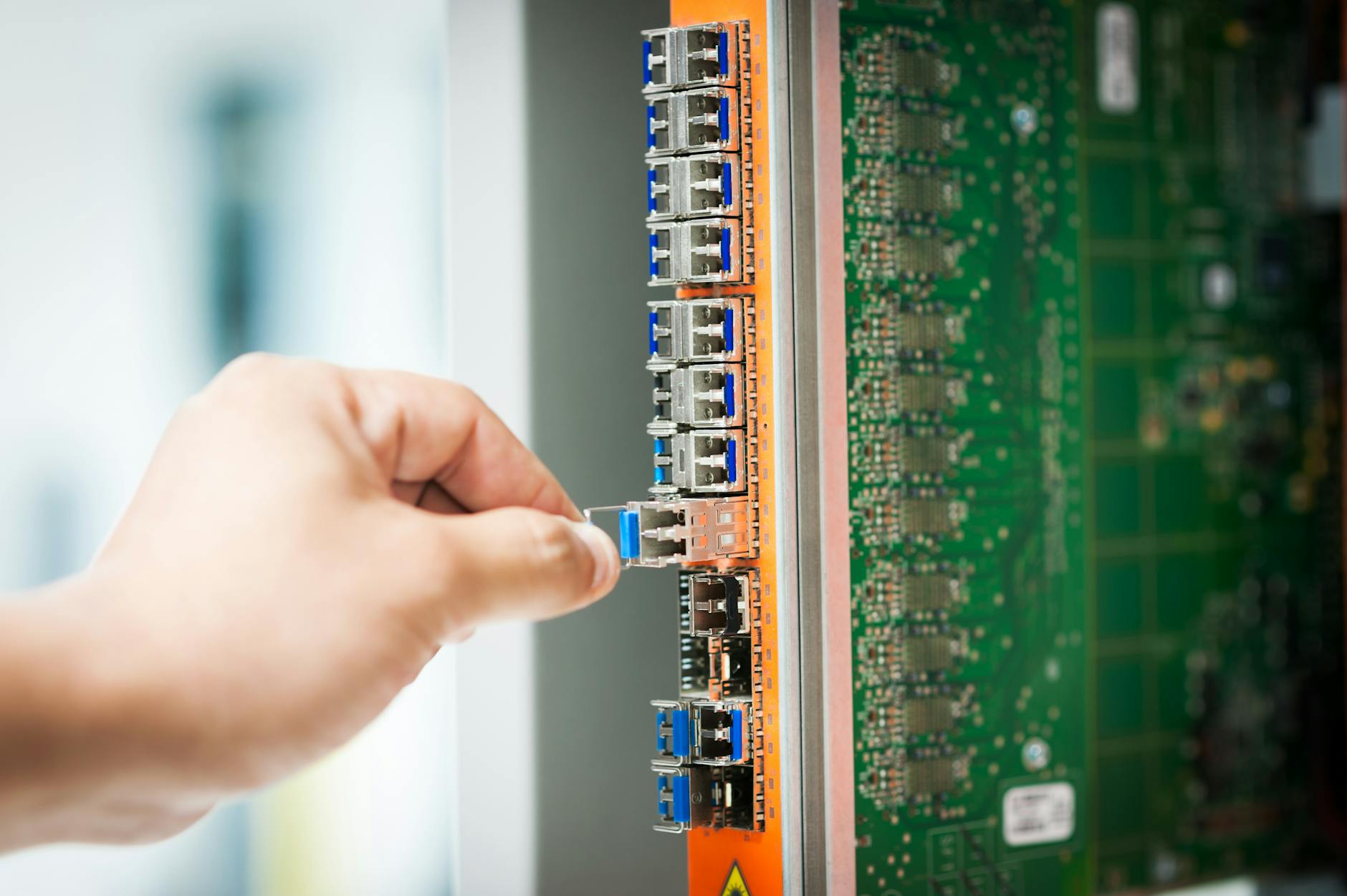OK, some gentle reminders on making everything work. The first is that if you are using Google Workspace, you currently have to allow Bard for all your users. This also enables Google AI Studio which you can use to manage your prompts for vision and test them and NotebookLM which is similar to the studio but for
This is buried in the admin setup, but go to Google Workspace > Admin Console > Apps > Additional Google services > Early Access Apps, click this on and, then press Turn On.
MacOS Setup checklist
Man the list is actually pretty huge, but the basics are:
- System Settings > Your Name > iCloud. Turn on all the “Apps Using iCloud”. Note you have to wait for each toggle to move, you will have to wait a bit until the spinning daisy ends and note that the behavior on Sonoma is a little weird as the button will show off and then suddenly move again. These include iCloud Private Relay, Find My Mac, Calendars, Reminders, Safari, News, Notes,
- System Settings > General > Sharing. I turn file sharing, media sharing, screen sharing, and Remote login on so I can manage it and look at the local hostname to make sure it looks correct. You correct the name in a completely different place in System Settings > General > About and the name is an editable text box although it looks grey. To make sharing easier, I also renamed the disk to the same as the hostname so when you access it you can tell where it came from.
- System Settings > Control Center. This sort of strangely is where the menu bar settings are such as turning off Battery in the menu bar, showing keyboard brightness
- System Settings > Network > Firewall. Turn this on
- Systems Settings > Privacy & Security > FileVault so your disk is encrypted
- System Settings > Internet Accounts. Add your Google account (or Microsoft if you must :-), it will have a suggestion list which is all the accounts it’s seen before. You definitely want to do this early so you get your contacts and things populated.
Brew’s many convenience applications
Everyone has their own, but my list after the brew install is:
- Coconut Battery. This is a better battery icon and tells you how much potential charge you have. Remove the system battery and make this run at startup.
- Aldente. To keep your battery at 70% and save cycles. Make this run at startup.
- Rectangle. For keyboard shortcuts to manage tiled windows. Make this run at startup. For big displays, I also set the 1/6th screen entries as Ctrl-Option-5 through 0 and this works well.
- Dozer. To manage the mess that is your menubar. I use Bartender for Macs with a Notch. Make sure to set it to run at startup.
- Authy. For two-factor authentication across multiple devices
- AVG Antivirus. Decent and free. The setup is pretty arduous so be patient on slow machines. There are lots of permissions you need to give it, so make sure to use brew or the website to download it.
- Google Chrome, Brave Browser, and Firefox. I use Chrome when I’m really in trouble, but Brave is great for multiple identities and doesn’t leak content. I use Firefox because I love keyboard shortcut
- Stats. To monitor CPU usage on the menubar’
- iterm2. Because I can’t stand the regular terminal. Then I turn on the Solarized Dark theme
- neovim. This requires lots of setup, but it is much less painful than vi
- bash. This is a later one and requires editing /etc/shell to enable but worth it.
- Open Core Legacy Patcher. This normally gets blown away on installation and this gives you the latest one.
Then for paid applications. As an aside if you do buy these check Cashback Monitor as there are usually huge savings (like 60% off) especially for NordVPN:”
- 1Password. Yes if only use Macs, you can use the Apple one, but this is pretty indispensable. You want to get this going right away so you can use Passkeys and the other passwords
- Bartender. As I said above if you have a notch Mac. Make sure to pick launch on startup.
- NordVPN. VPNs are pretty necessary. I turn on Threat Protection, Autoconnect and launch on start-up.
- Superhuman. It’s expensive, but you get to love it if you are a keyboard geek
This magical command will do it all after you do the brew install by copying the script at brew.sh
brew install coconutbattery aldente rectangle dozer authy nordvpn avg-antivirus google-chrome google-drive brave-browser firefox opencore-patcher neovim superhuman bashBrave and Firefox Sync
Well, this is simple for the Mac, but since I’m setting up so many machines with the upgrade to Ventura on my old Macs, but in order to get everything working, you need to:
- Brave Sync Chain. Go to Settings > Sync > Sync Everything and then it will want a sync chain prompt. You should have one for your other browsers so save that in 1Password, you need to get a new 25th word all the time and the application by Alex Barabash gives it to you, so just store the 24 words and then add the last one.
- Firefox Sync. Log in and go to Settings > Sync and make sure to select Sync all.
- Safari Sync. You should have picked this up from System Settings > Your Name > iCloud > Safari
iMessage, Facetime, Mail and Contacts
OK, now you have to the setup for the communications applications, at a minimum:
- iMessage. Go to iMessage > Settings > iMessage > Enable iMessage in iCloud
- iPhoto. Start it up so it can start syncing your photos
OLCP Maintenance
OK, you will get new versions of OpenCore Legacy Patcher very so often and you have to do two things:
- Start Opencore-patcher and have it build OpenCore and this will put new stuff in the boot partitions (these are tiny 200MB portions). You want this on both your USB flash drive and on the root partition of your machine.
- Install root patches. YOu want this on the boot drive so it gets the latest fixes. YOu should only do this after installing a new operating system. Beware that I tried this with Sonoma and it ended up corrupting the system so do this sparingly.
Note that on really slow machines like a MacBook Pro 2010, don’t be too alarmed, you will get a grey screen for 20 seconds before it really boots, so don’t panic.






